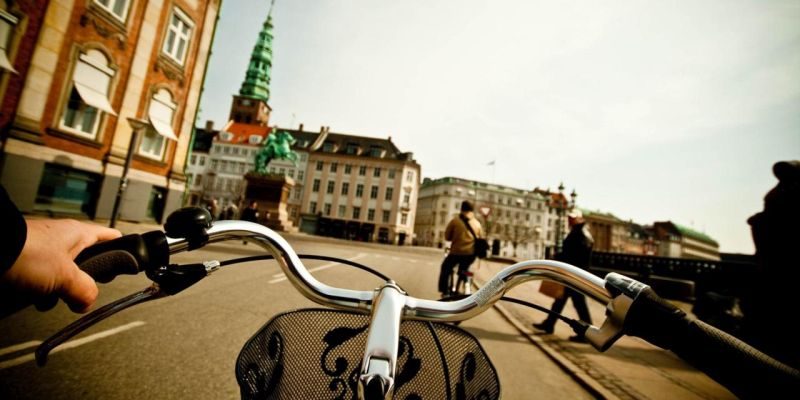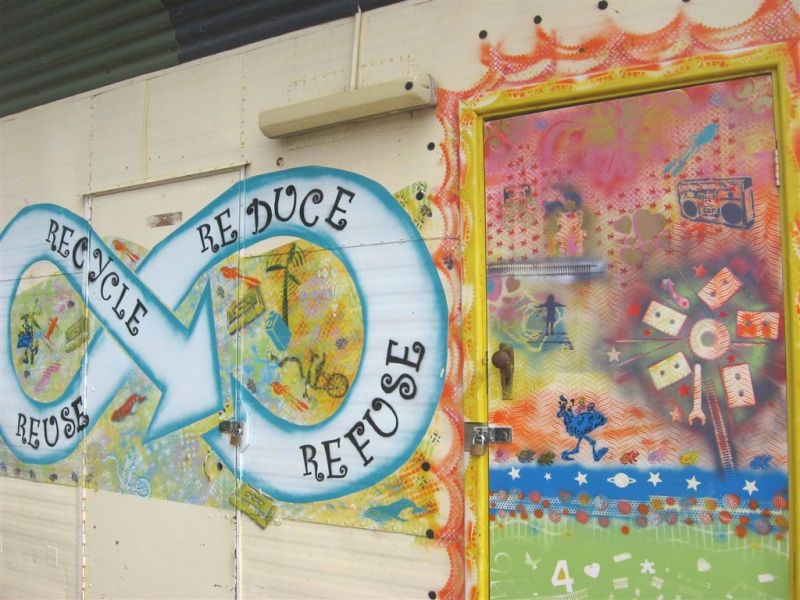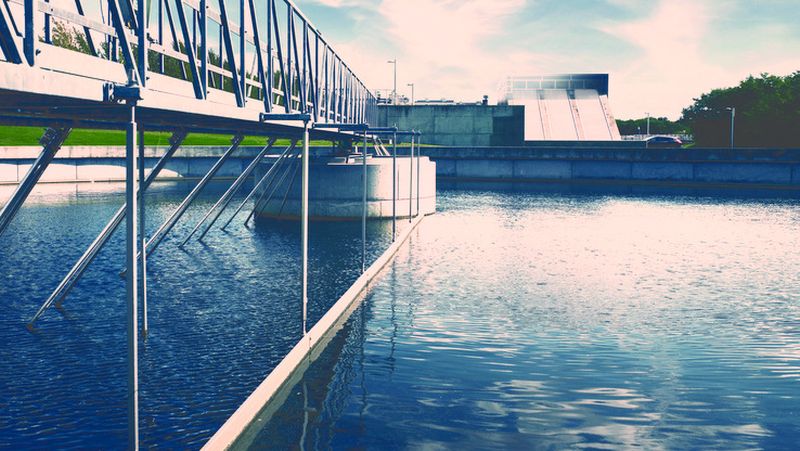According to the Environmental Performance Index (EPI), Denmark is the third most eco-friendly country in 2018. The variables that were used to decide the score of each country included environmental health and ecosystem viability, while measuring the air quality, water resources and sanitation, agriculture, biodiversity, and climate and energy. Denmark has continuously made improvements to become an eco-friendlier country, the most remarkable ones are achievements in energy efficiency. Wind power now produces more than 40% of Denmark’s total electricity consumption.
 Denmark has been continuously implementing new laws that are making a considerable difference in protecting the environment and creating a better quality of life for its citizens, considering that going green should be a lifestyle for everyone. The Danes have understood the importance of focusing on living an eco-friendly lifestyle. They are customizing their houses accordingly and have started to develop a cycling culture around the city instead using cars that cause air pollution. The country is known to be one of the cleanest counties in the world, thanks to its efforts using renewable energy resources like Wind turbines.
Denmark has been continuously implementing new laws that are making a considerable difference in protecting the environment and creating a better quality of life for its citizens, considering that going green should be a lifestyle for everyone. The Danes have understood the importance of focusing on living an eco-friendly lifestyle. They are customizing their houses accordingly and have started to develop a cycling culture around the city instead using cars that cause air pollution. The country is known to be one of the cleanest counties in the world, thanks to its efforts using renewable energy resources like Wind turbines.
Copenhagen, the capital of Denmark, is known as the most livable city and its citizens are often said to be the happiest people because they are surrounded by waters and open spaces like parks with a lot of fresh air and the cleanest water from all around the world for both drinking and swimming.
Air pollution solutions
The Danish government has implemented eco solutions such as improving the access to public transportation to encourage people to use their personal cars less often so that they do not pollute the air. Also, the Danes are encouraged to use electric vehicles. As well, numerous bike paths have been created to boost the use of bicycles.
Climate change solutions
Denmark has taken many steps to address climate change and to embrace the use of renewable resources while investing heavily in wind and bio-energy. A clean future is predicted for Denmark. The country further plans to be completely powered by renewable energy by the year 2050.
Recycling solutions
 To slowly switch to a zero-cost economy, Denmark is making steps in considering used items to be more than just simply waste. The Danes are constantly encouraged to take the materials that are suitable for reuse or repair to recycling centers instead of throwing them away. The Government thinks that it is incredibly important to protect their resources and materials, that is why they believe that the household waste should be recycled instead of incinerated, so many recycling centers have been established all over the country. Moreover, the companies in Denmark of all shapes and sizes are doing their best to sustain the initiative of the Government and they are using compactors to minimize the waste that their businesses create.
To slowly switch to a zero-cost economy, Denmark is making steps in considering used items to be more than just simply waste. The Danes are constantly encouraged to take the materials that are suitable for reuse or repair to recycling centers instead of throwing them away. The Government thinks that it is incredibly important to protect their resources and materials, that is why they believe that the household waste should be recycled instead of incinerated, so many recycling centers have been established all over the country. Moreover, the companies in Denmark of all shapes and sizes are doing their best to sustain the initiative of the Government and they are using compactors to minimize the waste that their businesses create.
Water waste solutions
The increasing water scarcity and population growth made Denmark realize that it is a must to come up with solutions to reduce the water waste. The Marselisborg Wastewater Treatment Plant in Aarhus has become famous all over the world for converting wastewater and sewage into something that can go back into the water cycle. The most innovative water waste solutions that the Government came out with are related to the optimization of the process and the components and to implement new processes such as simultaneous nitrification and denitrification.
Biodiversity and Nature conservation
In 2016, the Danish Government agreed on a Nature Package that will implement solutions for protecting species and allowing them to spread and thrive. The priorities of the initiatives are clearly stated and eco-friendly focused, and they all strongly encourage the existence of natural areas, including biotopes and semi-natural areas, to secure a higher degree of biodiversity and protect the ecosystem. That is why all the resources must be used efficiently without any waste. Since the nitrogen compounds used for agriculture have a significant negative impact and produce an enormous damage to the nature in open areas and aquatic environment, regulations against it are implemented continuously.
Food production using renewable energy
 More than 60% of the land is cultivated in Denmark for farming. The agro-industry in Denmark has developed many climate solutions to support food production. Residues from the Danish food are recycled in biogas plants to produce renewable energy. Most of the biomass comes from the agriculture in the form of straw, manure, energy crops, animal by-products, and any other forms of food residuals.
More than 60% of the land is cultivated in Denmark for farming. The agro-industry in Denmark has developed many climate solutions to support food production. Residues from the Danish food are recycled in biogas plants to produce renewable energy. Most of the biomass comes from the agriculture in the form of straw, manure, energy crops, animal by-products, and any other forms of food residuals.
Denmark is a country that should be an example for all the other ones. It has showed everyone that it is possible to experience a consistent economic growth, all while reducing the consumption of energy and protecting the environment.
Article Submitted By Community Writer




